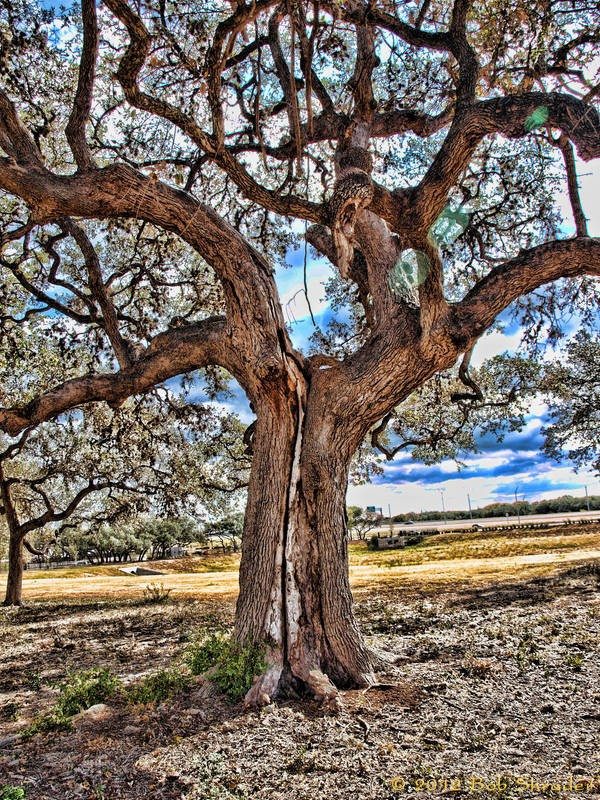What Is Oak Wilt: Learn About Oak Wilt Treatment And Prevention


It's a beautiful thing when a landscape comes together, even if it takes many years for your plants to mature into your dream garden. Sadly, many problems can interfere with gardening goals, including oak wilt disease, a serious fungal disease of oak trees. In some areas, oak wilt is becoming endemic, affecting both young and mature oak trees. Read on to learn about this important disease of oaks.
What is Oak Wilt?
Oak wilt is a serious disease of oak trees, caused by the fungal pathogen Ceratocystis fagacearum, which is believed to be native. It can be spread by boring beetles or through root-to-root contact between trees. The fungus grows in the transport tissues of infected trees, making it highly communicable between trees that are sharing connections in their root systems. Red and black oaks are considered highly susceptible to oak wilt and may die completely within four months of initial infection. White oaks are more tolerant, often displaying only vague symptoms of oak wilt disease if they show any at all. These oaks also eventually succumb to oak wilt, but it may linger up to seven years.
How to Diagnose Oak Wilt
Oak wilt disease can be difficult to diagnose without professional help because the symptoms are similar to those found in other diseases, such as anthracnose, boring beetles, lightning damage, and a myriad of environmental stressors. If your tree is suddenly showing yellowing or browning of the leaves of entire branches and is shedding leaves with significant areas of green remaining, it's a good idea to cut a wilted branch or two across the grain. Dark circles in the otherwise lighter inner tissues are a good indicator that you need help and fast. Oak wilt treatment and prevention is serious business, requiring the use of heavy equipment to break your tree's connection to any other oaks within 50 feet (15 m.). Fungicidal injections of propiconazole have shown some promise in uninfected trees in high-risk areas, but this treatment will do little for trees with oak wilt fungus in their root systems. Minimize the risk to your tree from beetle-spread oak wilt spores by pruning only during the winter and painting all wounds with a latex paint as soon as they happen. Bark beetles often find damaged trees within the first three days, attracted by the scent of fresh sap - your timing is vital. Oak wilt is bad enough, but the addition of bark beetles may create a situation that's hopeless for your tree.
Gardening tips, videos, info and more delivered right to your inbox!
Sign up for the Gardening Know How newsletter today and receive a free copy of our e-book "How to Grow Delicious Tomatoes".

Kristi Waterworth was a regular contributor to Gardening Know How for many years, answering countless queries on plant pests and diseases.
-
 12 Lush Alternatives To A Lawn For Sustainable Spaces
12 Lush Alternatives To A Lawn For Sustainable SpacesAlternatives to a lawn are beautiful and also beneficial to your local ecosystem and its pollinators. Explore our top picks for plants to replace grass.
By Tonya Barnett
-
 Types Of Tomatoes Explained: Explore The Many Wonderful Shapes, Colors, Flavors, & Best Uses
Types Of Tomatoes Explained: Explore The Many Wonderful Shapes, Colors, Flavors, & Best UsesThe world of tomato varieties is vast and fascinating. Learn about the key types to grow in your garden, tailored to your preferences and space.
By Amy Grant